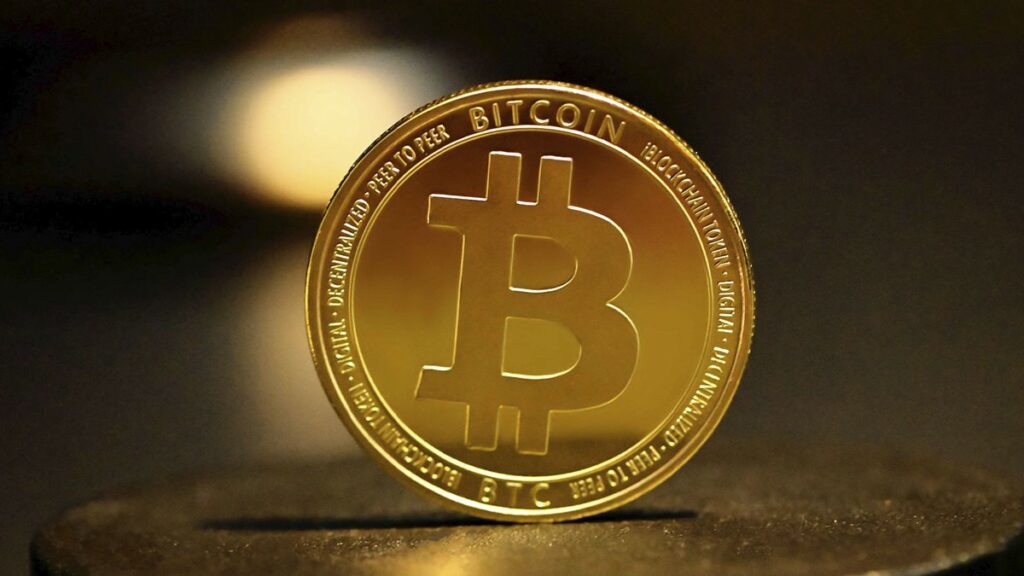The crypto market has been low in the first months of 2023 compared to 2021 when most digital currencies registered their all-time high, but it has shown signs that it’s on the road to bounce back compared to 2022. And crypto experts believe that we have all the reasons to think that we’ll soon enter a new bull market, considering that we’re less than a year from a significant event in the sector, Bitcoin halving, which usually causes prices to rise during the lead-up and aftermath.
The halving, happening every four years, reduces the number of new Bitcoins mined to ensure the supply doesn’t exceed the established amount. Due to the historical gains previous halving events brought, many investors hope the following one, expected in April or May 2024, will cause a bull run.

What is Bitcoin halving?
We mentioned the term Bitcoin halving, but not everyone knows what it implies. Let’s try to figure out what this event means for Bitcoin. It’s widely known that Bitcoin is the first cryptocurrency created on the blockchain. The blockchain is a distributed ledger made of blocks, which are files containing 1 megabyte of transaction records. Bitcoin relies on a proof-of-work consensus, meaning miners must compete to solve complex mathematical problems to confirm blocks and gain rewards. Miners use specialized hardware to finish the process and produce hashes.
What does this have to do with the halving events?
When Bitcoin was first introduced, miners gained 50 BTC for each block they confirmed. At that moment, Bitcoin wasn’t as valuable as today, and the only way to entice miners to produce hashes was to reward them with an increased amount of Bitcoins. However, Bitcoin was created to have a limited supply of 21 million coins, so the network had to slow down the speed at which new coins were mined. The first halving event occurred in 2012 when the network cut down the reward from 50 to 25 BTC. The following one happened in 2016 when the reward dropped to 12.5 BTC for a mined block. The last halving in 2020 lowered the amount of Bitcoin to 6.25. The next halving cycles will continue to reduce the reward until the blockchain produces its last Bitcoin in 2140.
Why does Bitcoin go through halving events?
Bitcoin’s protocol defines the halving event as a key mechanism designed to control the amount of Bitcoin in circulation. The main reasons why Satoshi Nakamoto created Bitcoin to register halving cycles are:
To control the supply and transform Bitcoin into a scarce asset
Satoshi Nakamoto, the anonymous developer of Bitcoin, created it as a digital currency with a managed and constrained supply. Reducing the miners’ rewards every four years decreases the rate at which new tokens are generated. Because Bitcoin becomes scarcer over time, its value increases and becomes a deflationary asset.
To control the inflation level
Bitcoin halving cycles also aim to limit the increased inflation in the network. When the block reward is lowered, the rate at which new tokens are introduced on the market decreases. The controlled issuance process is meant to keep the digital currency valuable and stable in the long term.
To keep the price as high as possible
Each halving event had a positive impact on Bitcoin’s price. Price appreciation and positive market sentiment have always resulted from such events. They’re connected to the demand and supply factor that decides an asset’s value. When the demand increases and the supply decreases, the asset’s price spikes. However, we must highlight that past performances don’t guarantee that Bitcoin will follow the same trajectory because a series of other factors also impact its value.
To deal with market economics and exterior forces
Halving cycles impact not only Bitcoin but the entire crypto market because Bitcoin is the largest cryptocurrency by market cap and influences all other assets’ prices when it registers swings in value. It also impacts miners’ strategies because they need to modify their operations to stay profitable. Halving events make the Bitcoin ecosystem a more competitive environment and drive less productive miners out of the network. Halvings also impact the overall decentralization and security of the cryptocurrency.
Should we expect a bull run in the following months?
Many crypto enthusiasts believe that the next Bitcoin halving will bring a new bull market. Digital currencies are still relatively new compared to other assets, so it’s difficult to predict where the industry will go in the long run. It’s essential to note that halving events bring changes only for Bitcoin miners. There’s a misconception that these cycles reduce the supply of Bitcoin; they actually only reduce the amount of the reward miners get for confirming new blocks. The White Paper established that there would be only 21 million coins, so the overall supply of Bitcoin suffers no changes. However, the amount available on the market at a given time is lower than in the past. And while Halvings impact Bitcoin’s price, and we notice price swings in the months preceding and following the events, they don’t come long before the event.
Investors should expect that when Bitcoins are scarcer, they become pricier. Crypto analysts observed on charts how Bitcoin’s value fluctuates during four-year cycles and identified a correlation between its value increases and scarcity.
What would happen if a large number of miners would quit?
One of the consequences of cutting the rewards is that a significant number of miners will drop the endeavor. This could hurt the digital currency’s hash rate, which is the computational power dedicated to generating new tokens. However, the previous halving events show that miners don’t abandon the ship because they know the four-year cycles and have their strategies prepared to deal with the consequences. Once the event is completed, its results benefit miners and investors. And while some benefits may take longer to manifest, they eventually will. Mining Bitcoin will continue to be profitable even if the reward drops because the cryptocurrency’s price increases. So an individual coin will be more valuable than before.
Press releases or guest posts published by Crypto Economy have sent by companies or their representatives. Crypto Economy is not part of any of these agencies, projects or platforms. At Crypto Economy we do not give investment advice and encourage our readers to do their own research.











